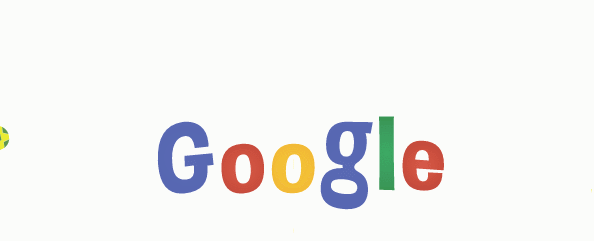





Planning
Strategic planning process includes the identification of the firm’s mission statement, analyzing SWOT analysis, formulating, implementing and evaluating the most suitable and effective strategy (McWilliams & Williams, 2014).
Google’s mission statement is to organize the world’s information and make it universally accessible and useful (Google, 2014). The statement has been effective in providing their core aims phrased in a way to build commitment for the employees and to attract stakeholder’s interest.

It has been proven by Santana (2014) that in order for Google to have relevance to its global market, they have obtained the provision to integrate with various languages and implement localized searching that allows users to collect necessitate information, which adds strong features in their core competencies.

Stregths
Google is the world’s key player in the technology industry with its positive reputation of highly accessible, convenient and safe service (Marketing 91, 2011). Furthermore, Google (2014) indicates they are one of the most profitable companies in the world with sales nearly $50 billion and $11 billion profits. Google dominates the search engine market in the world, as their market share records 65%.
84% of both world desktop and mobile users has access to Google, as explained by Virginia’s Community Colleges (2011). These Internet users represent an extremely large present market that Google uses to promote and sell its products and services.
Likewise, as shown by Virginia’s Community Colleges (2011), its diversified product range including Youtube, Gmail, Google Chrome and Google maps, leads to higher values of profit generated to the company.
Weaknesses
Approximately, Strategic Management Insight (2014) believes that Google relies 90% of its income on online advertising. In the long term, the possibility of a change in the market may cause Google to lose its main source of income and its market share. Another disadvantage of a large organization is the high number of employees, explained by McWilliams and Williams (2014).
Marketing 91 (2014) claims that Google must keep their spending on Research & Development high in order to be able to survive in its highly competitive market. Overall costs increases as Google invests and expands its facilities and operations. Smaller profit margins will create a negative image to investors due to drop in share prices due to possibilities of low dividends.
Opportunities
The growing number of mobile Internet users lead to increase in potential users, as explained by Strategic Management Insight (2014). Google has an opportunity to develop better display ads for mobile device users and increase firm’s income.
Social Media is growing at a rapid pace and gains active users daily. Google created its own social media platform, Google +, in order to cope with the changing market demand (Virginia’s Community Colleges, 2011).
Threats
Santana (2014) suggests that monetization from mobile Internet users is difficult due to less advertisement space and cost. Also, Internal data leakage is at high risk as mentioned by Strategic Management Insight (2014). Leakage of ideas, plans and future product lines should be avoided, to prevent losing an advantage in the marketplace. They face direct competitors in the search engine market, online shopping sites, social networks and electronic device companies (Google, 2014).
Conclusion
Google uses the SWOT analysis in order to help managers assess the most likely successful future strategies and the constraints on them. By exploiting strengths, improving weaknesses, embracing opportunities and acknowledging threats, Google will show a consistency of a continuous improvement as they maintain to provide service as the world’s key player in the technology industry.








